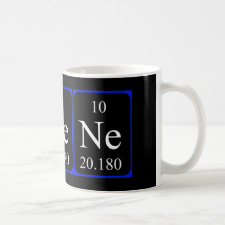
Authors: Deng C, Zhong YP, He Y, Ge YL, Song GW
Article Title: Selective determination of trace bisphenol A using molecularly imprinted silica nanoparticles containing quenchable fluorescent silver nanoclusters.
Publication date: 2016
Journal: Microchimica Acta
Volume: 183
Issue: (1)
Page numbers: 431-439.
DOI: 10.1007/s00604-015-1662-x
Abstract: We describe a kind of molecularly imprinted polymer (MIP)-based fluorescent sensor. It was obtained by anchoring a surface-imprinted MIP layer for the model analyte bisphenol A (BPA) onto the surface of fluorescent silver nanoclusters (Ag-NCs). The MIP-coated Ag-NCs were synthesized by the sol-gel technique. The hyphenation of the fluorescence of Ag-NCs with MIP technology expands the use of fluorescent nanomaterials in sensing and recognition. BPA is capable of quenching the fluorescence of the Ag-NCs, and the reduction in fluorescence intensity is related to the concentration of BPA in the 0.2 μg mL-1 to 2 mg L-1 range. The detection limit for BPA is 0.02 μg mL-1, and the recovery of BPA from spiked milk and juice samples ranged from 92.5 to 108.5 %. The MIP-coated Ag-NCs presented here are characterized by their ease of synthesis, selectivity and sensitivity. In our perception, this approach can be extended to numerous other analytes
Template and target information: bisphenol A, BPA
Author keywords: molecular imprint, Silver nanoclusters, fluorescence, Quenching, Milk analysis



Join the Society for Molecular Imprinting

New items RSS feed
Sign-up for e-mail updates:
Choose between receiving an occasional newsletter or more frequent e-mail alerts.
Click here to go to the sign-up page.
Is your name elemental or peptidic? Enter your name and find out by clicking either of the buttons below!
Other products you may like:
 MIPdatabase
MIPdatabase









